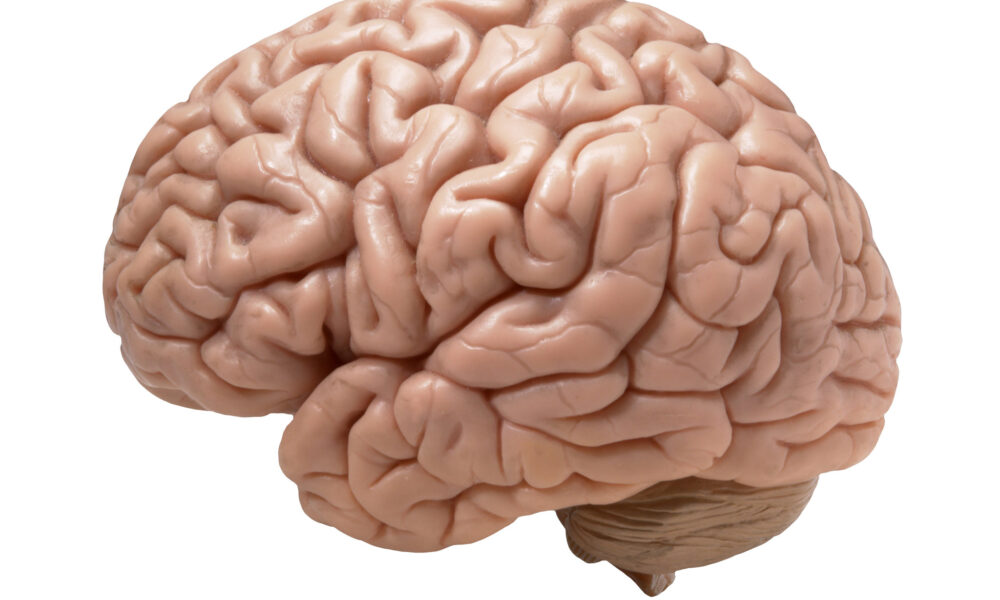A “normal” brain—also termed “neurotypical”—has long been used in cognitive science research as a benchmark for brain activity comparisons. But this distinction between brains actually limits neuroscience research and has long escaped the notice of experts.
Jakub Kopal, a postdoctoral fellow in neuroscience at McGill, researches the effect of genetic mutations on brain architecture and behaviour, and has come to the conclusion that there is no such thing as a normal brain—at least in the general population.
“We talk a lot about a normal brain […] and I think these are notions that were used in the literature. This is more like the vocabulary from the 20th century,” Kopal explained in an interview with The McGill Tribune. “We are trying to argue now that there is no such thing as a typical brain or a normal brain.”
The idea of a “normal” brain is usually found in studies that look to distinguish between subjects with and without a brain disease. Those with “normal” brains make up the control group—a sample that is not affected by the experimental conditions and is used as a baseline—and are labelled as neurotypical.
“The term [neurotypical] was really focused on WEIRD [Western, educated, industrialized, rich and democratic] people. Most of the research takes place at the universities, [and] there is a specific [socioeconomic] group of people that go to university,” Kopal said.
Previous research has focused mainly on WEIRD people, who actually do not make up more than 15 per cent of the global population. Another defining factor of neuroscience research, according to Kopal, is its high cost, which had limited sample sizes to only 15 to 20 subjects per study until the 2000s.
“[We] need to reduce the ‘noise,’ so [researchers] would focus only on people that are right-handed or meet several other criteria,” Kopal said. “They would put these criteria to homogenize their group to get the strongest evidence. But then it is really not telling you much about the whole population.”
As Kopal explained, the inclusion of only right-handers in studies consolidated a popular conjecture that our language centre is localized in the left hemisphere of the brain. It was only when researchers included left-handers in their studies that it became clear that the lateralization of the language centre in the brain is quite different for lefties—found in the right hemisphere. In this case, narrow sample sizes lead to results that don’t apply to the wider population and are not reproducible in future experiments.
Lack of reproducibility in current research has been a big motivation for the creation of databases such as UK Biobank and Adolescent Brain Cognitive Development (ABCD) Study, which allow us to look at neuroscience research from a more global, inclusive perspective. UK Biobank is a resource with extensive genetic and health data from British patients, while ABCD comprises research focusing on the brain development of children in the United States. These databases have shown that ethnicity, gender, and other socioeconomic and personal characteristics factor into the makeup of one’s cognition.
“The reproducibility crisis [showed that] we need large sample sizes in order to reproduce our results. And then there was another set of studies showing that the samples we have right now are really WEIRD,” Kopal said. “And this probably means that our results might not generalize to the whole population.”
A potential application of expanding sample sizes in neuroscience research is using technology to assess risks of developing neurodegenerative diseases, such as Alzheimer’s.
“With the advances in machine learning, we also saw that often our algorithms fail for minorities,” Kopal said. “Our machine learning approaches are really tailored to the majorities and they fail non-stereotypical populations.”
This is especially critical in the medical industry because physicians must provide high-quality services to diverse patients and need reliable data based on inclusive studies.
“I don’t want to claim I can predict Alzheimer’s disease if you are of European ancestry, well-educated, have a higher income and you’re a male,” Kopal said. “This doesn’t really serve us as a tool. [We want] a tool that serves the whole population.”







